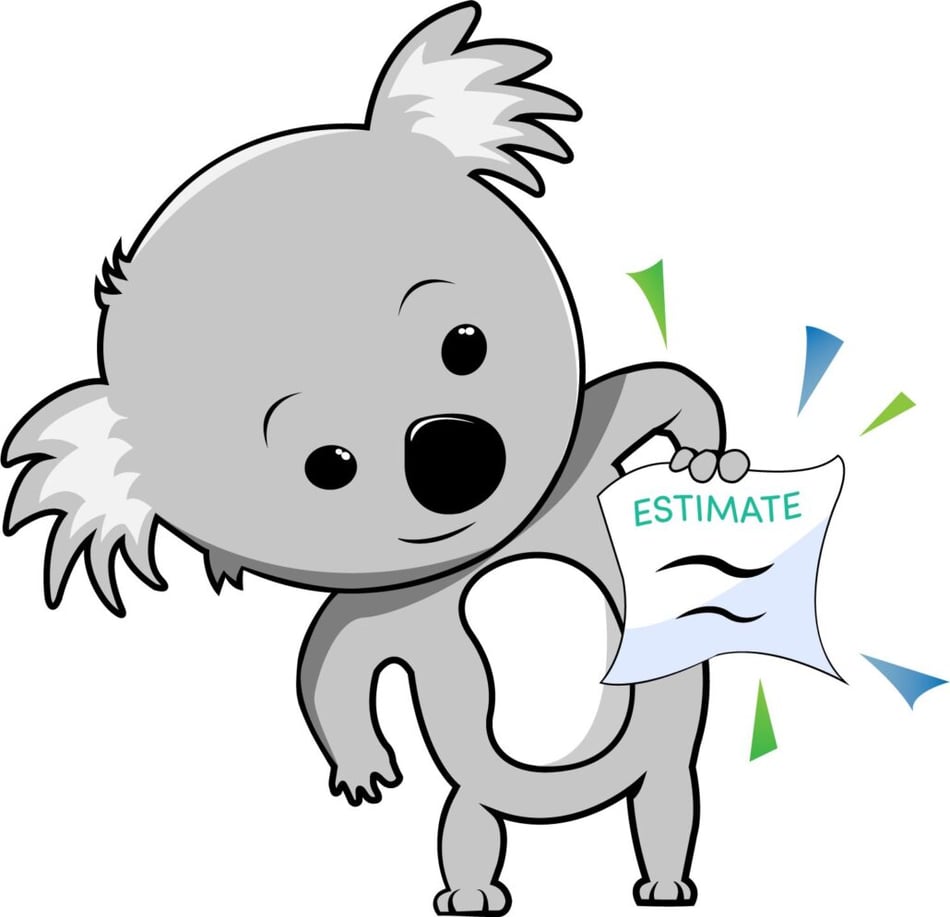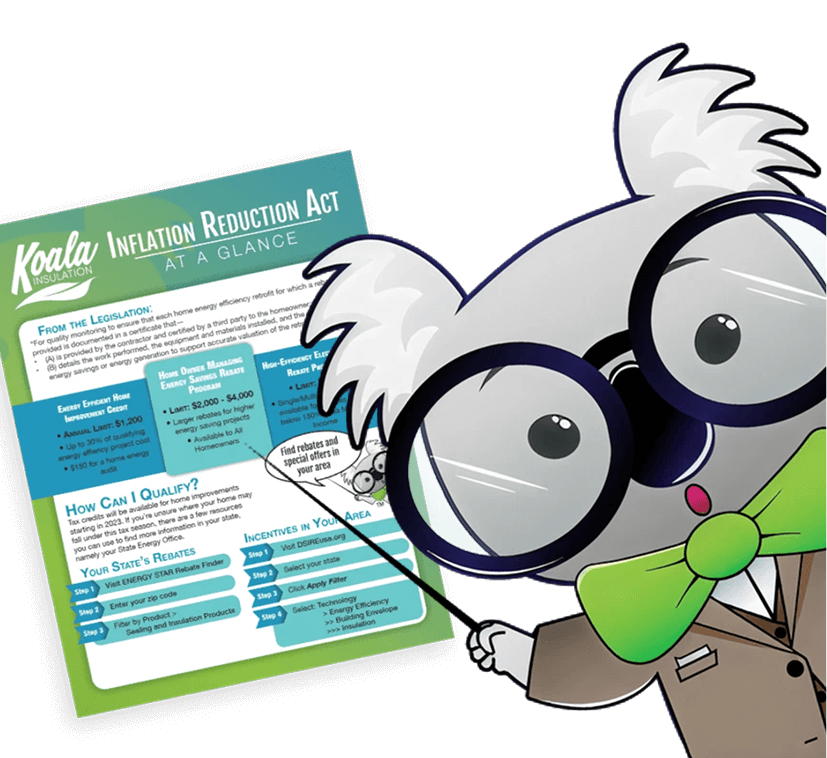What Types of Insulation Require Special Removal Features

When it comes to upgrading your home’s insulation, the first step is often removal of old or damaged material. But not all insulation is created equal—some types require extra care, equipment, or safety measures during the removal process. Whether you’re dealing with outdated materials, water-damaged insulation, or pest-contaminated spaces, knowing which insulation types need special removal features is crucial.
At Koala Insulation of the Westside, we specialize in safe, efficient insulation removal and replacement. Our trained professionals understand the challenges associated with different materials and are equipped to handle each type with precision and care.
Why Insulation Removal Matters
Before we dive into which types of insulation require special handling, it’s important to understand why proper removal is so critical:
- Health and Safety: Old insulation can contain contaminants like mold, asbestos, or rodent droppings.
- Energy Efficiency: Damaged or compressed insulation no longer performs efficiently, leading to higher energy bills.
- Structural Protection: Moisture-damaged insulation can contribute to rot, mildew, or insect infestations in your home’s framing.
Without safe and thorough removal, you may be layering new insulation over problems that will only worsen over time.
Insulation Types That Require Special Removal Features
Let’s explore the most common types of insulation that demand extra precautions and specialized tools during removal.
1. Blown-In Insulation (Cellulose or Fiberglass)
Why it requires special removal:
Blown-in insulation is loose-fill material that settles into cavities and hard-to-reach spaces, especially in attics and walls. Removing it manually is nearly impossible without commercial-grade vacuum equipment.
Removal process:
At Koala Insulation of the Westside, we use powerful, truck-mounted vacuums with long hoses that minimize dust and disturbance inside your home. This method ensures safe, clean extraction of old insulation, especially if it’s contaminated or deteriorated.
2. Spray Foam Insulation
Why it requires special removal:
Spray foam adheres directly to framing and hardens into a rigid surface. It can’t simply be scooped or vacuumed—removal often requires mechanical tools, including saws or scrapers.
Removal process:
Removing spray foam insulation is a labor-intensive process best handled by professionals. Depending on the application area (e.g., attics, crawl spaces, or walls), we use cutting tools to break the foam into sections. Protective equipment is essential to avoid exposure to particulates during removal.
3. Batt Insulation (Fiberglass or Mineral Wool)
Why it requires special removal:
Although batt insulation is often easier to remove by hand, extra care must be taken if it’s been exposed to moisture, pests, or mold. Fiberglass in particular can irritate the skin, eyes, and lungs when disturbed.
Removal process:
Our team wears full protective gear and uses containment strategies to prevent the spread of fiberglass particles. We bag and seal all removed insulation on-site, following local disposal guidelines to ensure environmental compliance.
4. Vermiculite Insulation
Why it requires special removal:
Vermiculite insulation may contain asbestos, especially if it was manufactured before 1990. Asbestos fibers pose serious health risks when airborne, including lung disease and cancer.
Removal process:
If vermiculite is present, we recommend professional asbestos testing before removal. If asbestos is confirmed, Koala Insulation of the Westside partners with certified hazardous material specialists to safely remove and dispose of the insulation in compliance with federal and California state regulations.
5. Contaminated or Infested Insulation
Why it requires special removal:
Insulation damaged by rodents, insects, or moisture can contain allergens, bacteria, and odor-causing contaminants. In some cases, insulation becomes a nesting ground for pests or develops mold, creating air quality hazards.
Removal process:
We assess the contamination level and use vacuum systems with HEPA filters when needed. All contaminated material is bagged and sealed. In extreme cases, deodorizing agents and disinfectants are used to sanitize the space before new insulation is installed.
6. Asbestos-Containing Insulation
Why it requires special removal:
Asbestos insulation, found in some older homes, is a major health risk and requires government-regulated removal procedures. It cannot be handled without proper licensing and protective measures.
Removal process:
Koala Insulation of the Westside does not directly remove asbestos insulation but can coordinate with licensed asbestos abatement professionals. Once the area is cleared, we provide new, energy-efficient insulation to bring your home up to modern standards.
Tools and Techniques for Safe Insulation Removal
Insulation removal isn’t a DIY-friendly task. Here’s why professional removal services like Koala Insulation of the Westside are essential:
- Industrial Vacuums: Used for blown-in and contaminated insulation
- Cutting Tools: Required for hardened spray foam or dense applications
- Protective Gear: Includes respirators, goggles, gloves, and coveralls
- HEPA Filters: Capture fine particulates during vacuuming or cutting
- Sealed Disposal Bags: Prevent debris and contaminants from escaping
Why Hire Koala Insulation of the Westside?
We are licensed, bonded, and insured in California, offering peace of mind on every insulation project. Our team is trained in OSHA safety protocols and follows all local codes for removal and installation. We also work closely with insurance and home remediation companies to support restoration projects.
What sets us apart?
- Clean, minimally invasive processes
- Thorough inspections before and after removal
- Eco-friendly disposal practices
- Expert guidance on insulation replacement options
Whether you’re upgrading your home’s efficiency or responding to damage, we make the process simple and stress-free.
Conclusion
Not all insulation is easy—or safe—to remove without professional tools and training. Spray foam, blown-in, asbestos-containing, and contaminated insulation types all require special removal techniques to protect your home and health.
At Koala Insulation of the Westside, we handle insulation removal with care, safety, and attention to detail. We’ll ensure your space is clean and ready for a modern, energy-efficient upgrade.
Call us today at (310) 218-1850 or visit https://koalainsulation.com/the-westside for a free estimate.
Find Your Location


Get a quote



